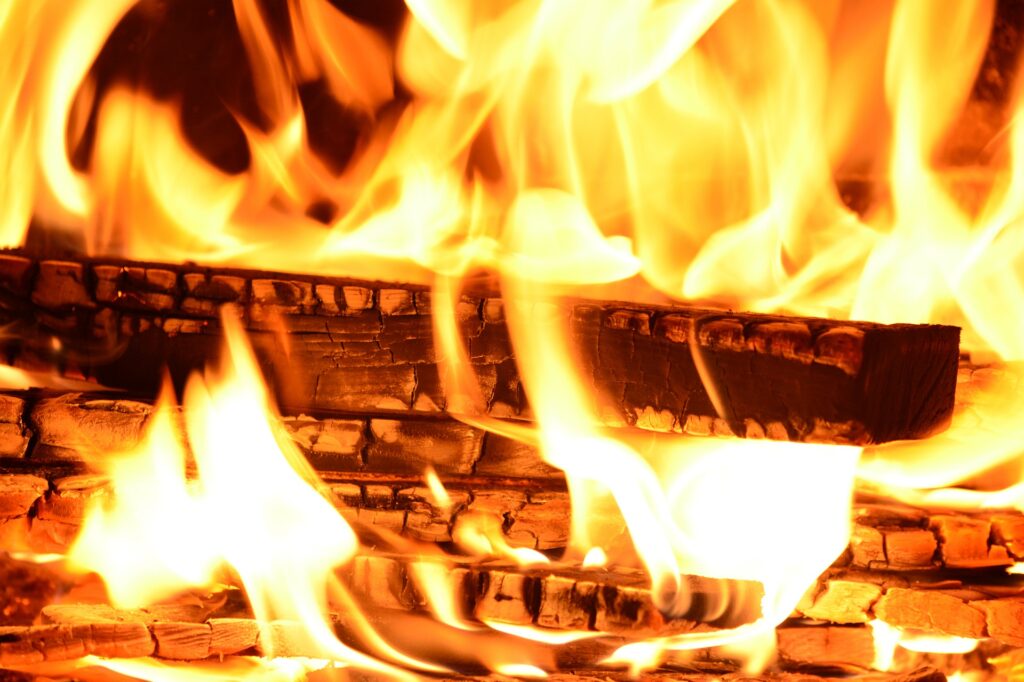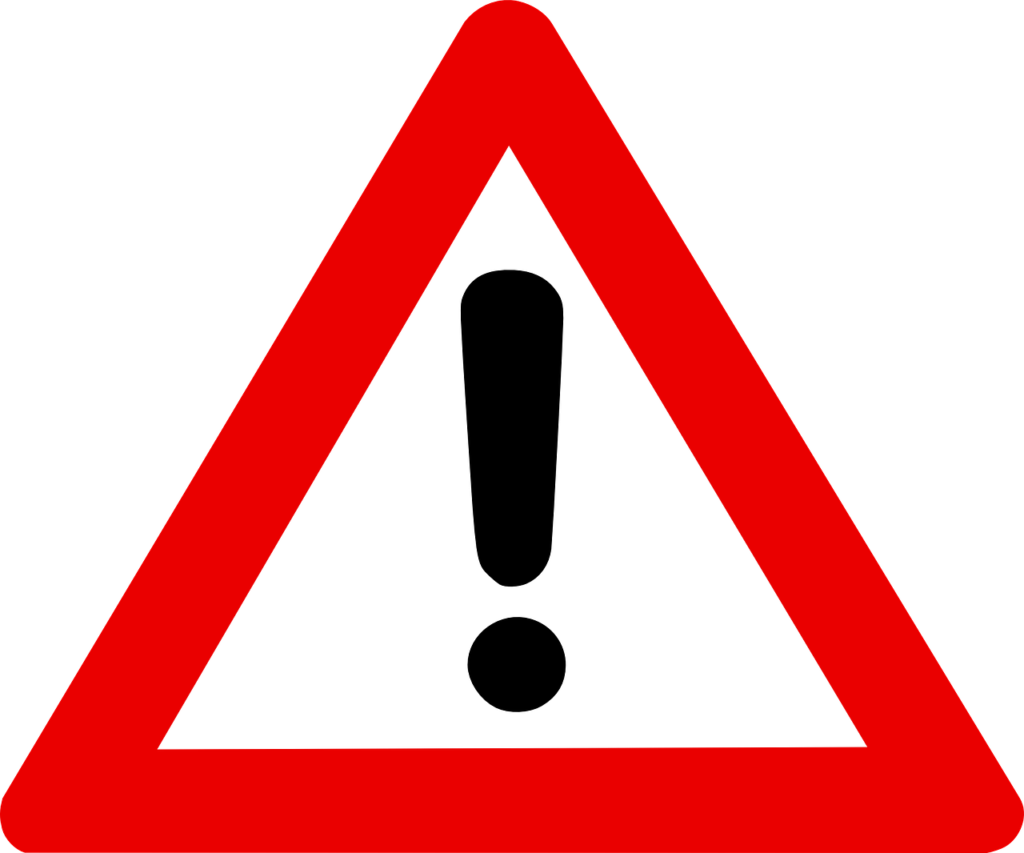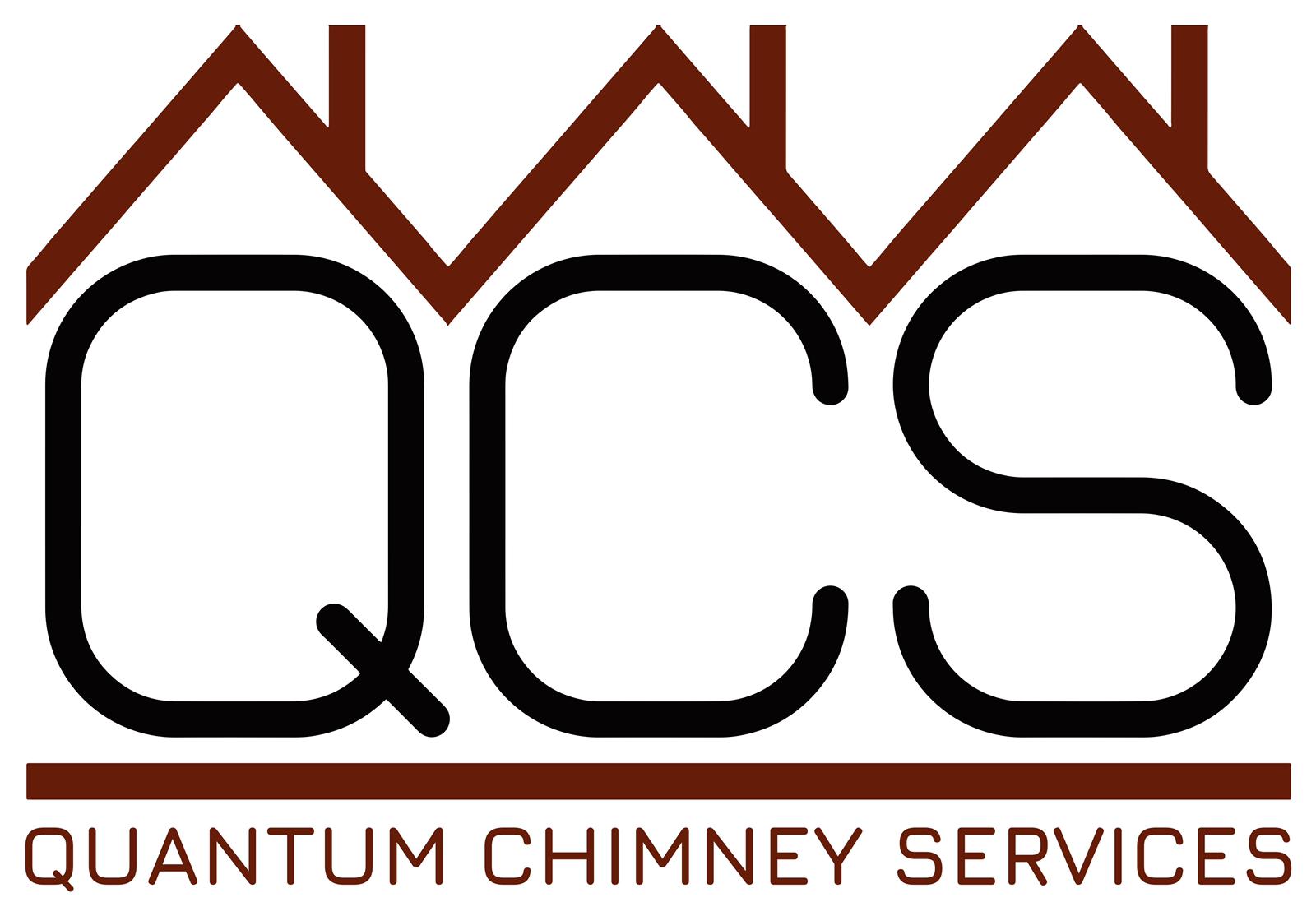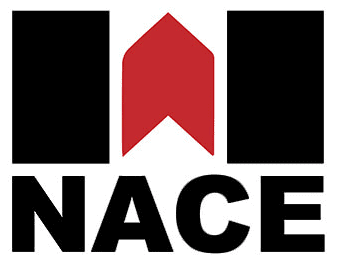
Carbon Monoxide (CO), is a potentially lethal gas that is not visible, has no taste and has no smell, which is why it is often referred to as the silent killer.
It is estimated that 4000 people attend hospital each year with suspected carbon monoxide poisoning. Of those, around 200 people will be admitted to hospital and tragically around 40 people will suffer fatal consequences from CO poisoning.*
It is suspected that the incidences of low-level carbon monoxide poisoning are far greater than these statistics suggest, but due to the symptoms being easily misdiagnosed for other illnesses, such as flu or food poisoning, they are not recorded correctly.**
At Quantum Chimney Services, we take the potential risks associated with carbon monoxide extremely seriously. In this article we aim to provide information on what carbon monoxide is, where it can come from, the harm it can do, what preventative measures can be taken and most importantly, what to do if you suspect or are aware of carbon monoxide leaking into the home.
What is carbon monoxide and how does it occur.
Carbon monoxide forms through the incomplete combustion of any carbon based fuel, such as wood, coal ,oil or natural gas. These fuels are commonly found in our homes and commercial premises and when burnt correctly there is no danger but if the fuel is incorrectly burning or insufficient ventilation is provided, the deadly carbon monoxide gases are released. As carbon monoxide is invisible to the naked eye, odourless and colourless, its detection can be difficult. Therefore, correct installation and regular maintenance of any appliance or flue system associated with these fuel types is essential to minimise risk.

Early warning signs and indicators to look out for
- Pilot lights frequently blowing out.
- Yellow not blue flames coming from gas appliances.
- Smoke building up in rooms because of a defective flue.
- Soot or discoloration around an appliance.
- Any associated symptoms affect all persons in a property.
- Any associated symptoms alleviate when away from the property.
- Pets becoming ill also.
If you recognise any of the early warning signs and indicators given above, it is imperative that you stop using any appliance immediately and turn it off if possible, ventilate the property and leave immediately.

WHAT TO DO IF YOU SUSPECT A CARBON MONOXIDE LEAK
- Turn off any gas appliance in the property.
- Open all doors and windows to increase ventilation.
- Exit the property immediately.
- Seek medical attention.
- Call a registered engineer to assess the potential cause of the leak.
What are the symptoms of Carbon Monoxide poisoning?
Because symptoms such as confusion, drowsiness or loss of consciousness are concerning and likely to provoke the seeking of medical attention, it is the symptoms of low-level exposure, which can be similar to food poisoning, flu or more common ailments that can prove equally as dangerous but are much more difficult to diagnose. Prolonged exposure to low-levels of carbon monoxide alarm can cause symptoms to worsen dramatically and if conditions were right, could even lead to unconsciousness within a few hours.
If you suspect any of the symptoms below may be related to carbon monoxide, leave the premises immediately and we strongly advise you seek medical advice either through a GP or by calling NHS Direct on 111.
Further information on the symptoms and effects of carbon monoxide poisoning are available on the NHS website.

SYMPTOMS OF CARBON MONOXIDE POISONING
- Dizziness
- Nausea
- Vomiting
- Tiredness or confusion
- Shortness of breathe
- Stomach pain
Symptoms of low-level exposure can be similar to food poisoning or flu. Unlike flu however, carbon monoxide does not lead to a rise in temperature. Prolonged exposure to low levels of carbon monoxide can lead to the symptoms worsening, which can delay diagnosis. If you are away from the source of the leak, you may notice improvements in symptoms.
Preventative measures
Now you are aware of what the potential early warning signs of potential carbon monoxide release are and the affecting symptoms resulting from exposure, it is essential to discuss the measures that can be undertaken to reduce the risk of carbon monoxide release occurring.
Quantum Chimney Services Ltd are specialists in providing pre-construction advice, flue condition inspections, landlord safety inspections, carbon monoxide alarm testing and ongoing maintenance services that can help minimise the potential risks that can lead to exposure to carbon monoxide gases.

- Before any appliance is installed, have a thorough inspection and consultation undertaken to ensure the appliance is correct for you and can be safely installed, especially if desiring to utilise existing fireplaces or chimneys for venting of products of combustion.
- Ensure the installation of any fuel burning appliance is undertaken by a qualified engineer.
- Ensure there is a regular maintenance programme in place to service and maintain the specific appliance.
- Ensure you have adequate provision to correctly store any required fuels.
- Ensure periodic inspection of any associated flue system or chimney to check any exhaust gases or products of combustion are being safely emitted to atmosphere and there is no deterioration that could lead to the escape of carbon monoxide or other harmful gases into any other habitable room.
- Ensure carbon monoxide alarms are fixed in every room where an appliance is located and every room where a flue system or chimney passes.
- Test the carbon monoxide alarms periodically, not simply by pressing the test button, but by using a controlled release of carbon monoxide to test the sensor is activating.
- Do not obstruct any ventilation installed into the room where the appliance is located.
- If you are a tenant, ensure the landlord undertakes the necessary maintenance and testing of all appliances, chimneys and flue systems, irrespective of fuel type.
** National Institute for Health and Care Excellence




